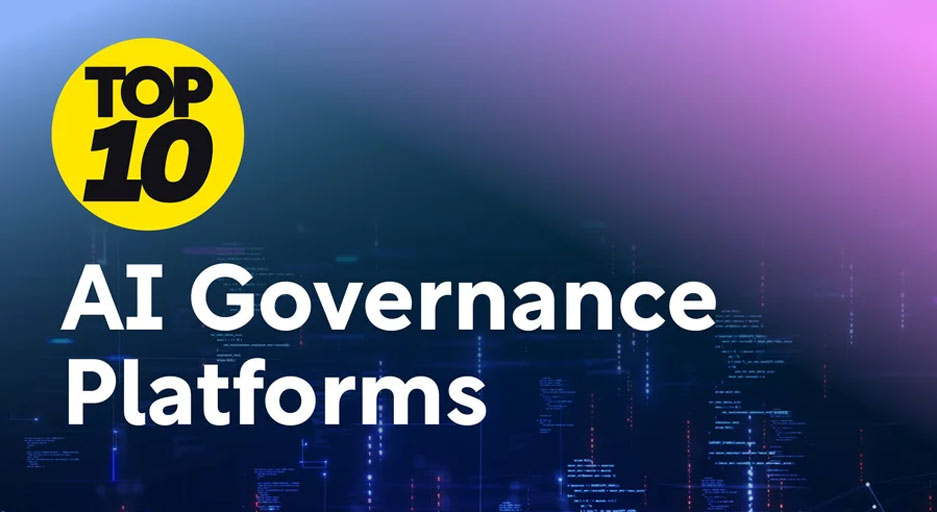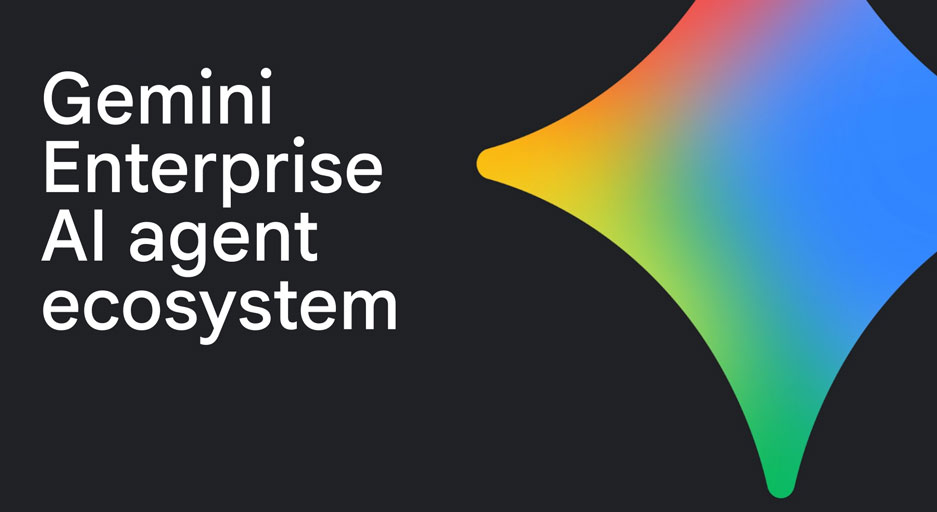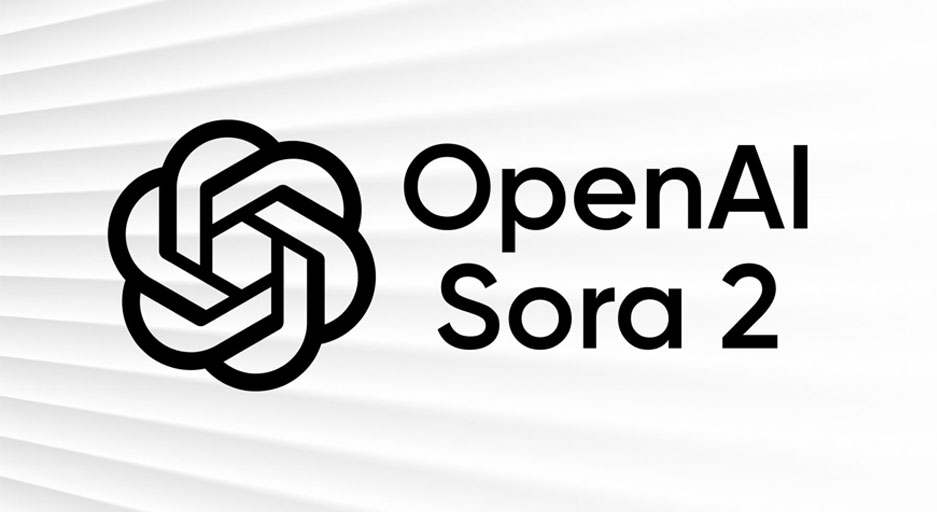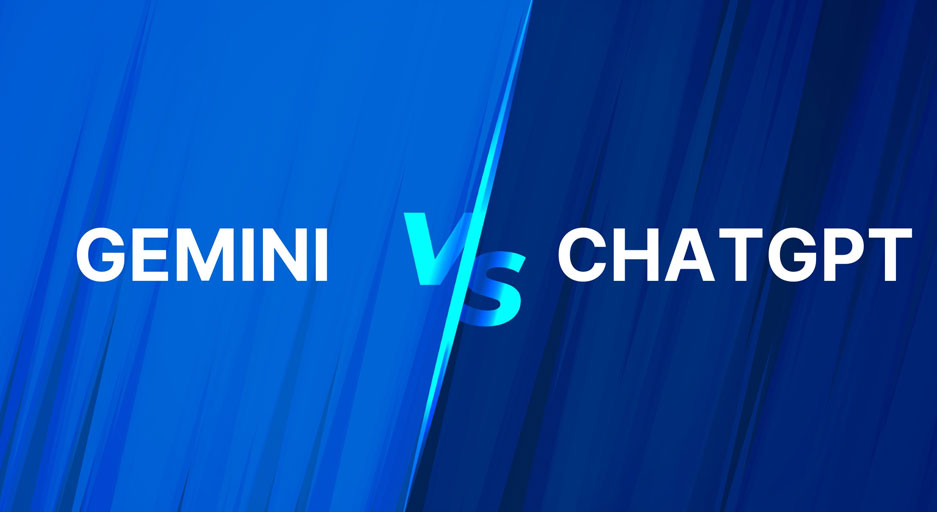Inside OpenAI’s Race to Build the Ultimate AI Agent with Reasoning Power
How mathematical reasoning, reinforcement learning, and breakthrough architectures are shaping the future of general-purpose AI
In 2022, while the world was just beginning to discover ChatGPT, OpenAI’s viral chatbot, a small team inside the company was quietly tackling a more ambitious challenge: teaching AI to reason. Among them was researcher Hunter Lightman, working with a group later known as MathGen — a team now recognized as the backbone of OpenAI’s push toward building AI reasoning models.
This internal effort gave rise to what we now call AI agents — intelligent systems that not only respond to queries, but can independently navigate and operate digital environments to accomplish complex tasks. From solving high-school-level math problems to powering future general-purpose AI assistants, OpenAI’s strategy has centered on building models that can think, plan, and decide.
From Math Competitions to the Future of AI Reasoning
OpenAI’s initial goal with MathGen was narrow but technically formidable: make its language models excel at mathematical problem-solving. At the time, even the best AI systems struggled with basic algebra or logic puzzles. Fast forward to 2025, and one of OpenAI’s models has won a gold medal at the International Math Olympiad — a stunning benchmark for machine intelligence.
The breakthrough wasn’t just in math. It marked a turning point in AI research, proving that reasoning abilities — once limited to narrow domains — could be extended across subjects and use cases. These capabilities laid the foundation for AI agents that understand goals, make plans, backtrack from errors, and act autonomously.
ChatGPT: A Viral Accident, But Not the Final Vision
Although ChatGPT began as a humble research preview, it quickly became one of the fastest-growing consumer products in tech history. But inside OpenAI, the endgame was always about something deeper: building autonomous, reasoning-based agents that could carry out tasks on behalf of users with minimal instruction.
In 2023, CEO Sam Altman called these capabilities “tremendous,” outlining a future where users simply describe what they want — and AI does the rest. That vision took a major leap in late 2024 with the launch of OpenAI’s first reasoning-centric model, known internally as o1.
The launch triggered a hiring frenzy across Silicon Valley. Tech giants, including Meta, scrambled to recruit researchers behind o1. Notably, Shengjia Zhao, one of o1’s key contributors, became the chief scientist at Meta’s new Superintelligence Labs.
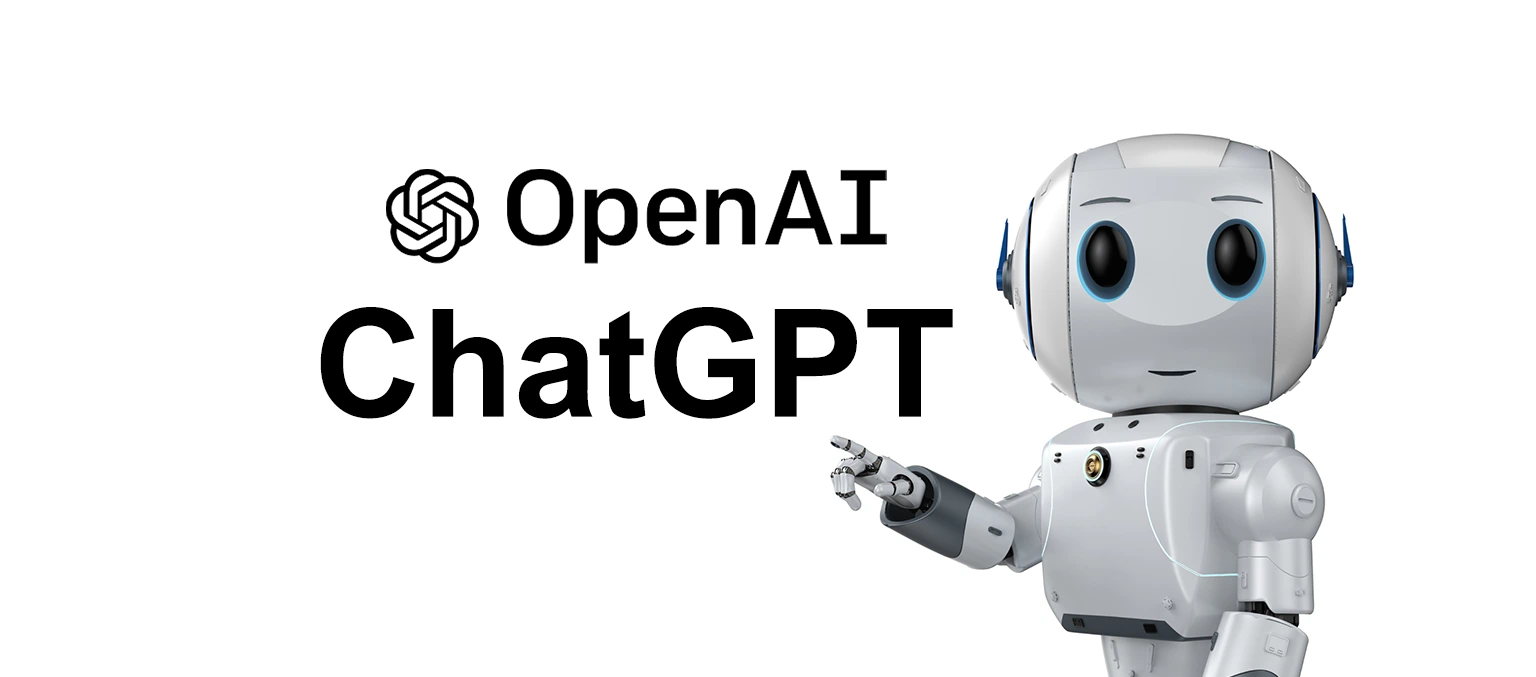
The Reinforcement Learning Renaissance
At the heart of OpenAI’s reasoning revolution is a training approach known as Reinforcement Learning (RL) — a method that allows AI to learn from trial and error in simulated environments. It was the technique behind DeepMind’s AlphaGo in 2016 and has since been critical to training agents that mimic human-like decision-making.
OpenAI took RL to the next level by integrating it with large language models (LLMs) and adding a concept called test-time computation — giving the model more compute time to “think” during problem-solving. This enabled a technique known as chain-of-thought prompting, allowing the AI to show its step-by-step reasoning and catch its own mistakes.
Though these methods weren’t entirely new, OpenAI’s unique combination of them led to a major breakthrough: an internal model nicknamed Strawberry, which directly evolved into o1.
Scaling Reasoning: The o1 Breakthrough
The o1 model represented a paradigm shift. It showed that reasoning can be improved not just through bigger models or more data, but also by:
-
Increasing compute during post-training, and
-
Allowing dynamic computation during inference, meaning the AI spends more time “thinking” on harder problems.
Following this success, OpenAI assembled a dedicated Agents team, led by researcher Daniel Selsam, to push the frontier of AI autonomy. The goal? Build agents that could complete complex, multi-step tasks across apps and the web — just like a human assistant would.
Is It Really Reasoning?
Whether AI models like o1 are truly “reasoning” remains debated. Some researchers argue that the term should be reserved for processes mimicking human cognition. Others, like Lightman, argue that if a system produces intelligent behavior, the semantics don’t matter.
In practice, these models appear to reason — they plan, self-correct, and even “think out loud.” It may not mirror the human brain, but it works — much like how airplanes don’t flap their wings, yet still fly.
The Challenge of Subjective Tasks
AI agents today excel in well-defined domains, such as coding. Tools like OpenAI’s Codex, or Anthropic’s Claude Code, have gained traction by helping developers write or debug code. But when it comes to subjective tasks — like planning travel, making lifestyle recommendations, or personal shopping — agents often fall short.
These challenges stem from data limitations. “It’s a data problem,” Lightman explains. Training on subjective, ambiguous tasks is harder, but OpenAI is actively exploring new RL techniques to overcome these issues.
One promising method involves spawning multiple internal agents that explore different answers simultaneously — an approach also being adopted by Google, xAI, and others.
Toward GPT-5 and Beyond: The Ultimate AI Agent
All signs point to OpenAI building toward a next-gen agent powered by the upcoming GPT-5 model. According to insiders, GPT-5 will integrate improved reasoning, longer context, and a more intuitive user experience. The goal is to create an agent that:
-
Understands what users want,
-
Knows how to accomplish it, and
-
Decides how much compute to dedicate on the fly.
This evolution could finally deliver the long-promised “do-anything” AI assistant — a tool that not only generates text but gets things done for you across the web, apps, and operating systems.
The Race Is On
While OpenAI continues to lead in many areas, the competition is fierce. Meta, Google DeepMind, Anthropic, and xAI are racing to build smarter agents with more nuanced reasoning abilities.
The question isn’t whether agentic AI will happen — it’s who will get there first.
About the author : koosha Mostofi
I’m Koosha Mostofi — a multidisciplinary media creator, full-stack developer, and automation engineer, currently based in Tbilisi, Georgia. With more than two decades of professional experience, I’ve been fortunate to work at the crossroads of technology and creativity, delivering real-world solutions that are both visually engaging and technically robust.



